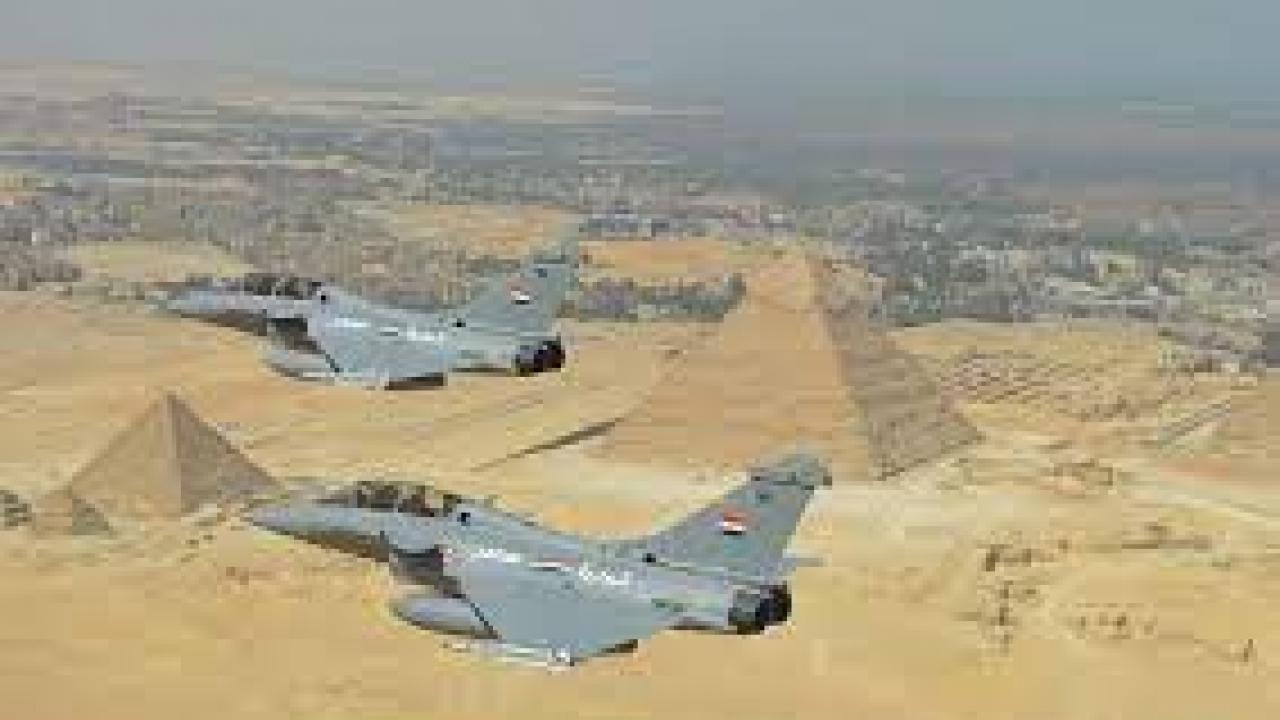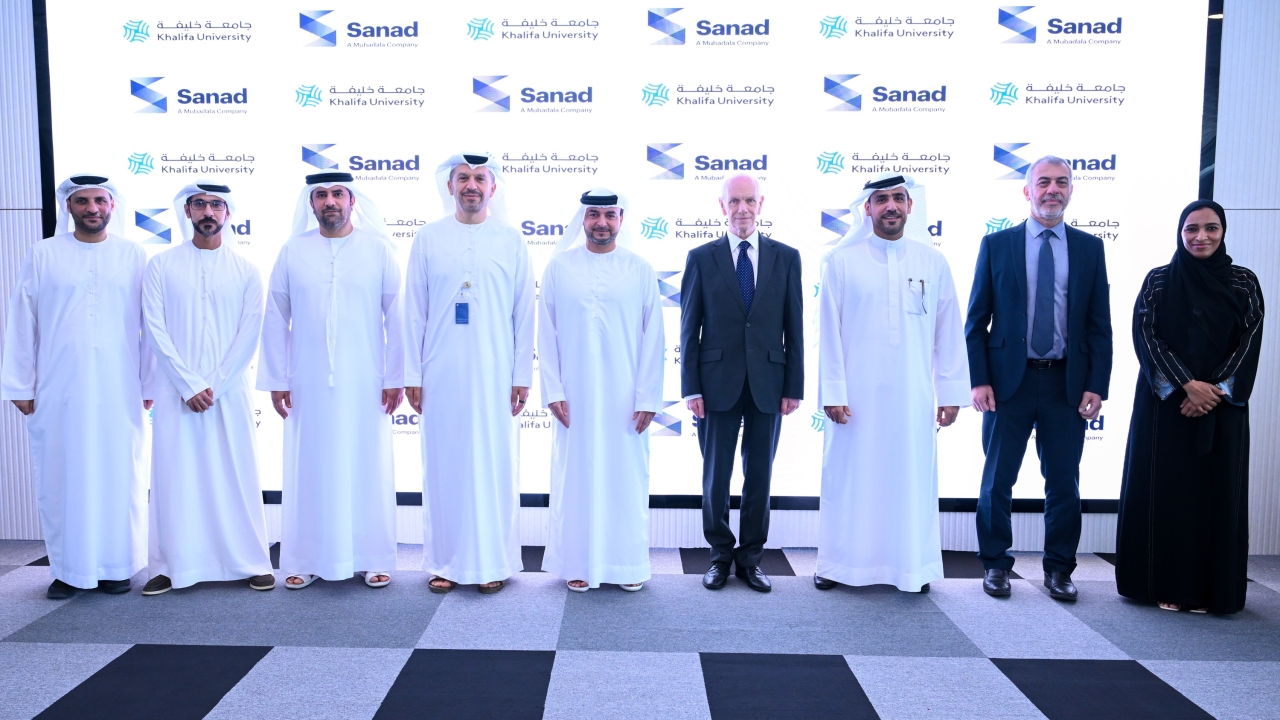TRAINING: Egypt training needs as fleet undergoes modernisation

Image: Dassault Aviation
But the acquisition of the Rafales is just one element in a wider modernisation, which has also seen the procurement of 46 MiG-29M2s and 24 Su-35s, while French newspaper La Tribune has also reported that Airbus is also supplying a reconnaissance satellite and two A330MRTT tankers. Reports Jon Lake.
The Egyptian Air Force will soon include a frontline element consisting of eleven Tactical Fighter Wings with 13 Squadrons of F-16s, two squadrons of Su-35s, two of MiG-29Ms, two of Rafales, two of Alpha Jets and two of Mirages. There are also seven helicopter wings or brigades, two ISR and two transport wings/brigades. This is all a far cry from the Egyptian Air Force of old, which consisted of a mix of largely obsolete Russian and Chinese fighter types, augmented by a handful of well-worn US types.
The initial training requirement is relatively light, as the new squadrons were manned by experienced pilots from the disbanding Mirage, MiG-21 and J-7 squadrons, and who underwent conversion training in France and Russia.
In the longer term, though, new pilots will need to be trained from scratch to recapitalise the air force’s squadrons, and efforts are already underway to rebuild the air force’s pilot training system.
Currently, the Egyptian Air Academy, originally established in 1951, consists of several squadrons split between Bilbeis (also known as Bilbays or Belbes) and El Minya.
Some 74 Grob G 115s are used for screening and elementary/primary training at Bilbeis, after which trainees move on to the Embraer EMB-312 Tucano for the basic phase. Some 118 Karakoram K-8E (Hongdu JL-8) trainers are in use at El Minya for advanced training, and to equip the air force’s ‘Silver Stars’ aerobatic team. Some 80 of these were assembled from Chinese-supplied kits and 40 were manufactured in Egypt. The final stage of pilot training is lead-in fighter training and weapons training conducted on the Alpha Jet. About 27 of Egypt’s remaining 40 Alpha Jets are assigned to the training role.
Pilots and navigators receive bachelor's degrees on graduation, together with a commission in the Egyptian Air Force while graduating pilots also receive an internationally recognized commercial pilot's license.
As well as training Egyptian Air Force personnel, the academy has also trained cadets from a number of Arab and African countries, and from Malaysia.
The Egyptian Air Academy has a formidable reputation, and re-equipment is likely to attract generous funding and influential support. Hosni Mubarak, the fourth president of Egypt from 1981 to 2011, was previously a career air force officer who rose to command the service. After flying the Spitfire, Il-28 and Tu-16, Mubarak served as a lecturer at the Academy and later as its director, being credited was credited with doubling the number of Air Force pilots and navigators during the pre-October War years.
Relatively little use is currently made of synthetics in pilot training, though the air force does have an ABC simulator for the Tucano (supplied in 1987) and a Thales Full Mission Simulator for the Alpha Jet dating from 1980! Simulators are, however, in use for conversion training and for maintaining qualification on some frontline types, including the Mirage, F-16, C-130 Longbow Apache and Kamov Ka-52 Alligator, and synthetics are likely to play an increasingly important role in the future, at all stages of training and operationally.
Egypt has a requirement to replace most of the training aircraft that are now in use.
About 74 examples of the ageing Grob G115EG are operating with No.s 3 and 5 Squadrons at Bilbeis as part of 101 Training Wing and these are rapidly approaching obsolescence. Grob Aircraft has offered the G120TP turboprop as a replacement, claiming that the new turboprop could be used to “take students all the way to the lead-in fighter training (LIFT) sector” thereby also replacing Egypt’s ageing fleet of 54 Tucanos, acquired in the 1980s, and whose current status is uncertain, but which have been in use with No.s 83, 84 and 85 Squadrons as part of 201 Training Wing at Bilbeis. That would also see the G120TP replacing the K-8s now used for advanced training.
The US company Sierra Nevada Corporation (SNC) is pitching the A-29 Super Tucano as a potential replacement for these aircraft, but also as a light attack aircraft. Like Grob, SNC believe that the A-29 could be used to take trainee pilots through to the lead-in fighter training (LIFT) phase.
Using a single aircraft type (and especially a turboprop) for basic and advanced training is controversial and largely unproven, and a host of dedicated advanced trainers (all jets) are being offered to replace the K-8E.
More than 100 K-8Es remain active with No.s 28, 29, 89, 94 and 98 Squadrons, and with the 'Silver Stars' Demo Team, mostly operating from El Minya, and perhaps from Al Khatamia with 201 Training Wing.
Aero Vodochody, the Czech manufacturer, has also offered the new L-39NG to meet the K-8E replacement requirement. The EAF used the L-39 and L-59 Albatros in the early 1990s, but the type has long been withdrawn from use, and the new L-39NG has seen little success to date, beyond small orders from Vietnam, Senegal and a civil operator in Portugal.
Egypt has already evaluated the Leonardo M346 Master, the Korea Aerospace Industries/Lockheed Martin T-50 Golden Eagle and the Irkut/Rosoboronexport Yak-130.
Leonardo in particular is fighting hard to win the order, offering both the M346 and the smaller, lighter, M345. An Italian trainer could form one element within the US $10 Bn contract reportedly negotiated in 2020, which was said to have included four FREMM frigates, 20 corvettes, 24 Eurofighter Typhoon fighters, 24 M346 jet trainers, and a surveillance satellite.
Stay up to date
Subscribe to the free Times Aerospace newsletter and receive the latest content every week. We'll never share your email address.

